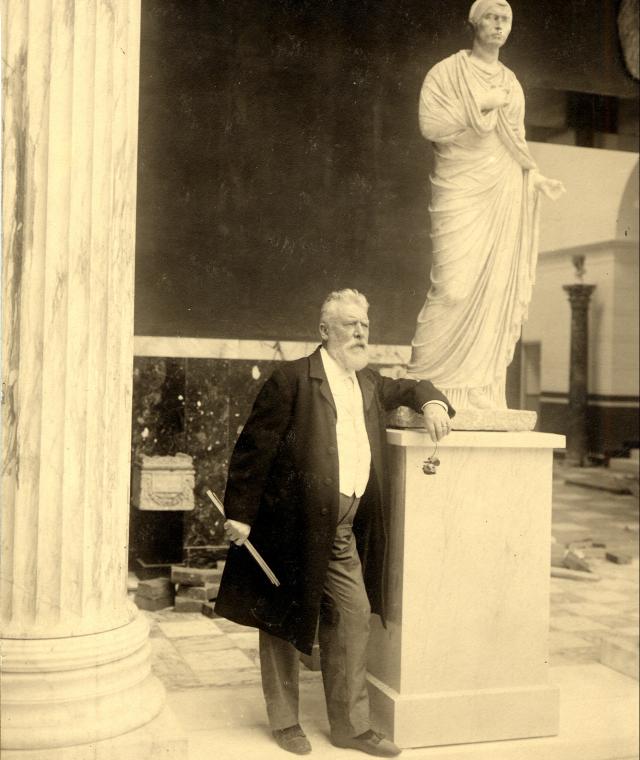On 20 January 1902, Carl Jacobsen and Ottilia Jacobsen signed a deed bestowing the New Carlsberg Brewery on the Carlsberg Foundation and founding the New Carlsberg Foundation.
The New Carlsberg Foundation is thus more than a hundred years old, and as anyone who has an interest in the arts will know, the foundation has left its mark throughout the world of art in Danish society: It dominates the museum collections, and its signature is behind thousands of works in public institutions and the public space as well as a wide range of research-based art publications.
Carl Jacobsen’s brewery was called New Carlsberg. Carl was the son of the founder and owner of Carlsberg, J.C. Jacobsen. As many will know, father and son had a strained relationship for many years, and they ran two separate breweries. When the two breweries eventually merged, Carl Jacobsen also merged his foundation with the Carlsberg Foundation.
As laid out in its charter, the Carlsberg Foundation promotes the sciences, while the New Carlsberg Foundation promotes art and art research.
As the overarching foundation, The Carlsberg Foundation holds a controlling interest in the Carlsberg breweries. However, the foundation is required to pass a portion of the proceeds from its shares on to the New Carlsberg Foundation. The Carlsberg Foundation holds a certain influence over the activities of the New Carlsberg Foundations, including the appointment of board members.
The New Carlsberg Foundation is today headed by a board, comprising five members, one of whom is chairman of the board. The chairman is employed by the board full-time, while the four other members serve on the board alongside other occupation, again, typically within the arts.
The brewery complex
Like hundreds of other buildings, the building at no. 5, Brolæggerstræde was razed in the second big Copenhagen fire, which happened in June 1795. A few months later, construction began on the present buildings on the lot, which was acquired by brewer Christen Jacobsen Nørkier in 1826. Two decades later, his son, J.C. Jacobsen, made his first attempts at brewing bottom fermentation beer here, thus laying the foundation for the Carlsberg breweries.
J.C. Jacobsen’s son, Carl Jacobsen, was born here in 1842, and when the Jacobsen family moved to Valby just outside Copenhagen in 1854, they maintained ownership of the buildings. In 1913, Carl Jacobsen gifted the brewery complex to the New Carlsberg Foundation.
Time has been kind to the buildings; all the original structures have been preserved, and no new buildings have been added. Complete restorations were carried out in 1950-51 and in 1963-66; this included restoring the original floor plans, colours and decorations of the apartments.
At the back of the complex is the brewhouse, which was used as a brewery from 1797. The building was in a poor condition and unfit for being rented out. The New Carlsberg Foundation, which had its offices at the Glyptotek for sixty years, needed a larger space, so in 1973, a conversion of the brewhouse was carried out, based on designs by the Danish architect Vilhelm Wohlert. Two years later, the foundation moved into the brewhouse, whose five storeys, connected by a cylindrical stairwell, now house the foundation’s store rooms, library, offices and meeting rooms.
In addition to the property on no. 5, Brolæggerstræde no.s 9, 11 and 13, Knabrostræde are also part of the brewery complex and owned by the foundation.

